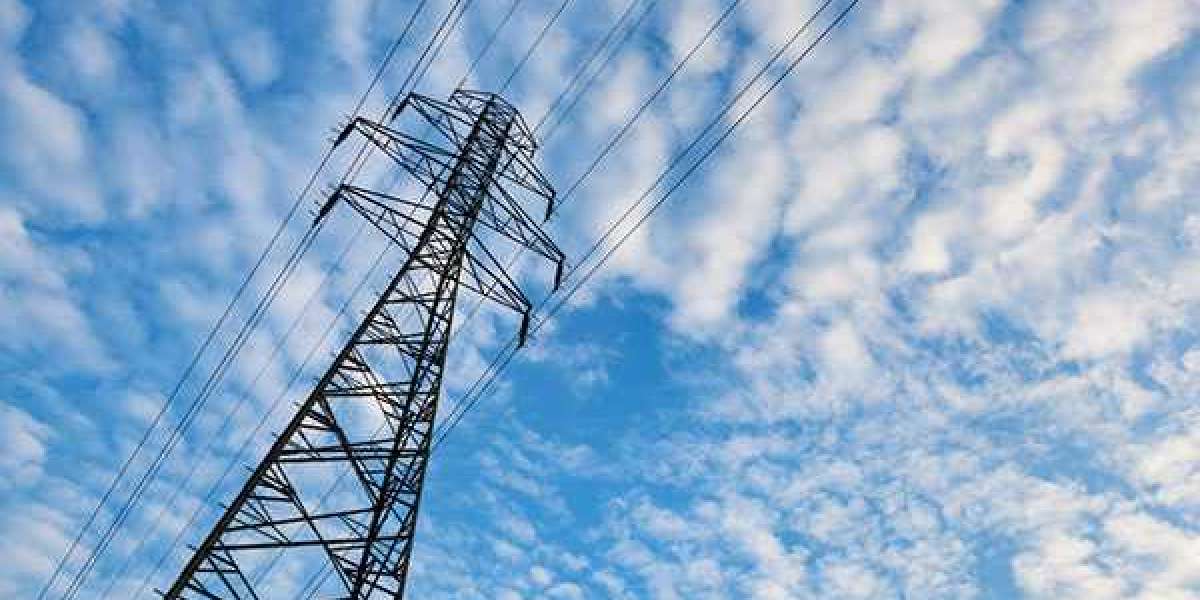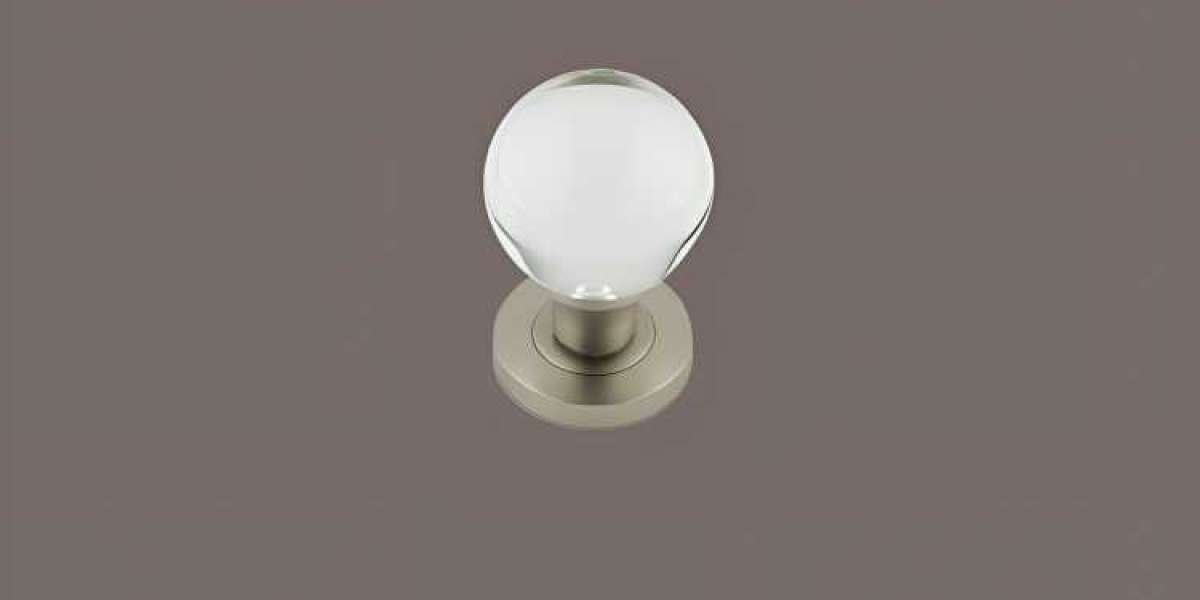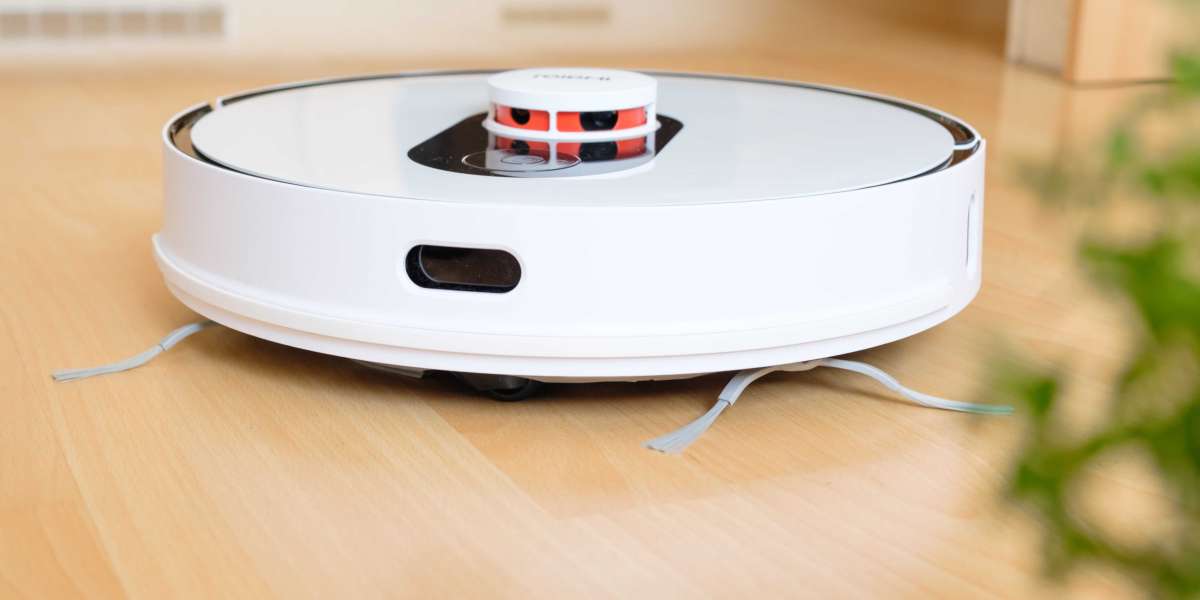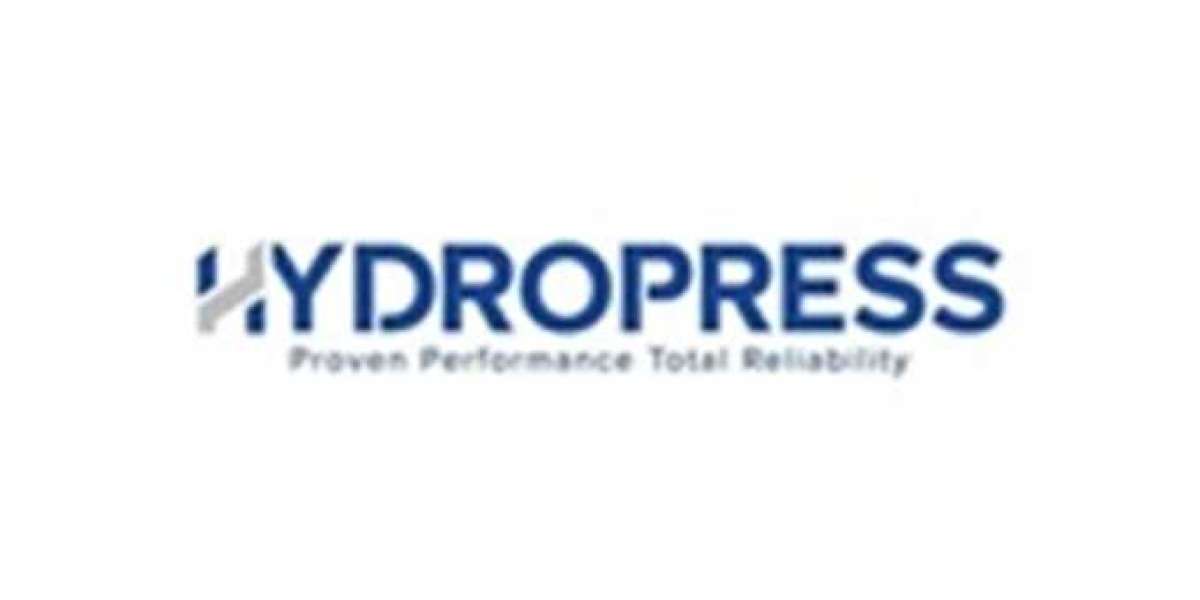In today’s data-driven world, maintaining the right temperature in server rooms, data centers, and telecom cabinets is critical for the reliable operation and longevity of electronic equipment. As devices generate heat, improper cooling can lead to overheating, system failures, and reduced lifespan.Cabinet Cooling Units are specialized solutions designed to regulate the temperature inside enclosures housing sensitive electronic equipment such as servers, routers, telecom devices, and power supplies. These cooling units ensure that equipment remains within safe operating temperatures, minimizing the risk of thermal damage and maximizing efficiency.
This article will explore the types, benefits, and key considerations of cabinet cooling units, as well as how they contribute to optimal equipment performance in both industrial and IT environments.
Why Cabinet Cooling Units Are Essential
Electronic components generate heat during their operation, and if this heat is not adequately dissipated, it can cause a number of issues:
- Overheating: Excessive heat can cause components to fail or malfunction. This may lead to system crashes, data loss, or complete device failure.
- Reduced Efficiency: High temperatures can reduce the performance of components, causing delays or lag in processing, which is especially detrimental in high-performance systems.
- Shortened Lifespan: Prolonged exposure to high heat accelerates wear and tear, resulting in a shorter operational lifespan for sensitive equipment.
- System Instability: Many electronic systems rely on specific operating temperatures to function correctly. Overheating can cause instability, leading to downtime or intermittent failures.
To mitigate these risks, cabinet cooling units are integrated into enclosures, ensuring that the internal temperature is regulated and maintained within an optimal range.
Types of Cabinet Cooling Units
Passive Cooling Systems
Passive cooling systems rely on natural airflow and heat dissipation to maintain temperatures without the use of mechanical components or external energy sources. These systems are energy-efficient and relatively low-maintenance, though they are typically used in environments with lower heat loads.
Ventilation: This is the simplest form of passive cooling. Ventilated cabinets feature air vents or grills that allow cool air to flow into the cabinet while hot air escapes naturally. This method works best for environments with moderate temperature fluctuations and low to medium heat-generating equipment.
Heat Sinks: Heat sinks are used to dissipate heat from specific components, such as power supplies or processors. They are typically used in smaller cabinets where localized cooling is sufficient.
Thermal Insulation: Insulating materials can be applied to the exterior of the cabinet to protect sensitive equipment from external temperature extremes, keeping the internal temperature stable and preventing heat buildup.
Active Cooling Systems
Active cooling systems involve mechanical components such as fans, heat exchangers, or air conditioners to actively cool the air inside the cabinet. These solutions are more efficient and are used for higher heat loads, such as those found in high-density data centers or telecom cabinets.
Fan-Based Cooling: Fans are commonly used to circulate air within the cabinet. They can be internal or external, with intake fans drawing in cooler air from the surroundings and exhaust fans expelling hot air. In high-density environments, multiple fans may be required to ensure proper airflow. Some fan-based systems incorporate filters to keep dust and debris from entering the cabinet and interfering with equipment.
Air Conditioners: Air conditioning (AC) units are used in situations where active cooling is required to maintain a precise temperature range. AC units can be installed directly into the cabinet (through-wall or integrated units) or placed externally to cool the space around the enclosure. These systems can be designed to cool a single cabinet or an entire server room, ensuring stable temperatures in high-heat environments.
Thermoelectric Coolers (TECs): Thermoelectric cooling systems use the Peltier effect to transfer heat from inside the cabinet to the outside environment. They are smaller and more compact than air conditioners and are used in situations where space is limited. TECs are typically used for smaller, high-performance equipment or where precise temperature control is necessary.
Liquid Cooling Systems: Liquid cooling is a highly efficient cooling method used in environments with significant heat loads. Liquid-cooled systems use a fluid (often water or specialized coolant) to absorb heat from the equipment, which is then carried away by pumps and radiators or heat exchangers. Liquid cooling is typically used in high-density environments where standard air cooling would not be sufficient. It is also ideal for cooling servers in situations where space is limited or where components generate a lot of heat, such as in supercomputers or cloud data centers.
Heat Exchangers
- Heat exchangers are used to transfer heat from the interior of the cabinet to the outside environment without mixing the internal and external air. Heat exchangers are sealed systems that maintain an airtight barrier between the internal and external air while allowing heat to flow through a heat-transfer medium (such as water or refrigerant). These systems are often used in outdoor telecom cabinets or environments with strict hygiene or contamination requirements.
Rear-Door Cooling Units
- Rear-door cooling units are specialized cooling systems integrated into the back doors of cabinets. These units are designed to capture and remove the hot air generated by equipment directly from the back of the cabinet. The rear door may include a heat exchanger or air conditioning system to ensure that the heat is expelled efficiently, preventing it from recirculating inside the cabinet. This method is particularly effective in high-density server racks where traditional airflow management is not sufficient.
Peltier Cooling Units
- Peltier units utilize thermoelectric technology to cool the air inside a cabinet. These compact units transfer heat using the Peltier effect (the movement of heat across a junction when an electric current is applied). Peltier coolers are used in small, specialized enclosures or where space constraints prevent the use of larger cooling systems like air conditioning.
Benefits of Cabinet Cooling Units
Improved Equipment Performance: By maintaining the optimal operating temperature, cooling units help prevent overheating and ensure that equipment functions at its best. This leads to more efficient performance and reduced latency for systems that rely on high processing speeds.
Increased Equipment Lifespan: Consistent cooling helps prevent the degradation of electronic components caused by heat stress, extending the operational life of valuable equipment. Over time, this results in reduced maintenance and replacement costs.
Reduced Risk of Downtime: Cooling units help prevent system failures caused by overheating. As a result, they reduce the risk of unplanned downtime, which can be costly for businesses that rely on continuous operation.
Energy Efficiency: By selecting energy-efficient cooling units, data center and telecom operators can reduce their overall energy consumption. Cooling systems designed with efficiency in mind (such as variable-speed fans, heat recovery systems, and advanced liquid cooling) help to minimize operating costs while still maintaining optimal temperatures.
Space Efficiency: Compact cooling solutions like Peltier units or rear-door cooling units allow for effective thermal management without occupying valuable rack space. This is particularly important in high-density server environments where space is limited.
Customization: Cooling units can be customized to meet the specific needs of the cabinet. For example, the fan speed or cooling power can be adjusted to meet varying heat loads, while modular systems can be expanded to accommodate additional equipment or increased heat generation.
Considerations When Choosing Cabinet Cooling Units
Heat Load: The total amount of heat generated by the equipment inside the cabinet will determine the required cooling capacity. Higher heat loads typically require more advanced cooling solutions like liquid cooling systems or air conditioners.
Space Availability: Space constraints within the cabinet will influence the choice of cooling system. If space is limited, more compact systems such as Peltier units or rear-door cooling units may be preferred.
Energy Efficiency: Cooling systems can consume a significant amount of energy. Opt for energy-efficient units that help reduce operational costs and lower the environmental footprint of your data center or telecom infrastructure.
Noise Levels: Cooling systems like fans or air conditioners can generate noise, which may be a concern in certain environments. Consider quieter units or soundproofing solutions if noise is a factor.
Maintenance Requirements: Regular maintenance, such as cleaning filters or checking coolant levels, is necessary to ensure that the cooling system continues to operate efficiently. Choose a system that is easy to maintain and monitor, especially if you are operating in a mission-critical environment.
External Conditions: The external environment can impact the performance of the cooling system. For example, outdoor cabinets may require sealed cooling units or heat exchangers to prevent exposure to dust, moisture, or other contaminants.
Conclusion
Cabinet cooling units are crucial for maintaining the safe operating temperature of sensitive IT equipment, servers, and telecom devices. Whether through passive methods such as ventilation or active systems like air conditioners and liquid cooling, these units ensure that equipment remains cool and efficient, preventing overheating and damage. By selecting the right cooling solution based on factors like heat load, space, and energy efficiency, businesses can improve equipment performance, extend operational lifespans, and reduce downtime








